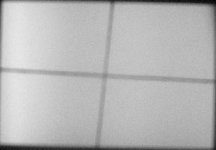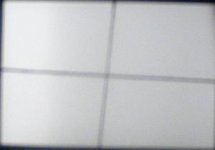Grytpype
Well-known
When I CLA'd my 4k I found quite a bit of grease inside the upper drum on the shutter spindle - the general area shown at the left in the first picture in this Fedka page - some round the spindle where the 2nd curtain drum turns. I thought it might cause some drag between the curtain drums, and I cleaned it off as thoroughly as I could before oiling.
I've never been able to get this shutter to expose evenly across the frame at the faster speeds, and I'm wondering if the spindle was actually supposed to be greased. This might tend to smooth out differences between the curtain speeds across the frame and would stabilise the gap between them. In fact, there doesn't seem to be any other reason for the grease having been there in the first place.
How independent should the curtains be in a Zorki?
Steve.
I've never been able to get this shutter to expose evenly across the frame at the faster speeds, and I'm wondering if the spindle was actually supposed to be greased. This might tend to smooth out differences between the curtain speeds across the frame and would stabilise the gap between them. In fact, there doesn't seem to be any other reason for the grease having been there in the first place.
How independent should the curtains be in a Zorki?
Steve.



